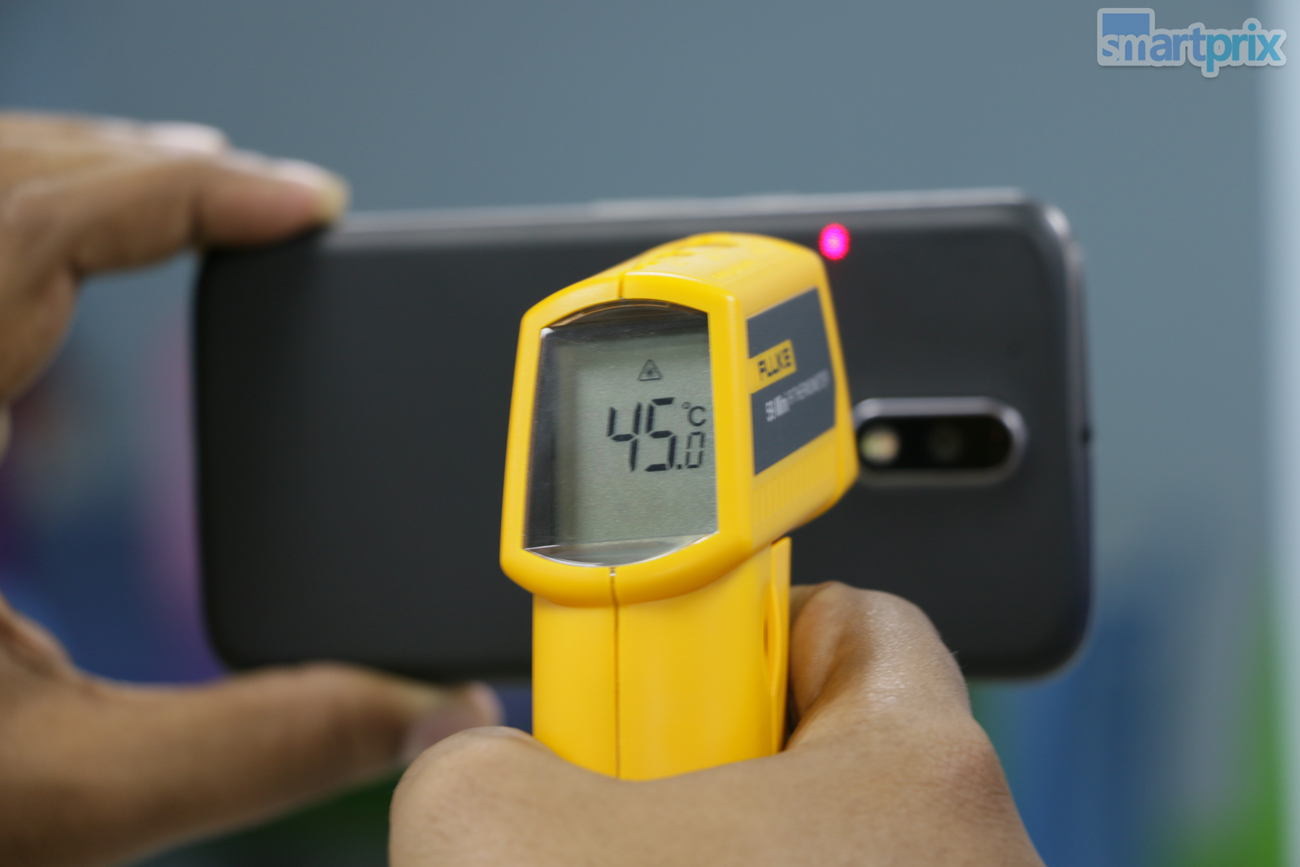We live in an era where smartphones heat. It’s freaking universal. Not a single day goes by when we don’t encounter complaints and queries regarding heating. This paranoia isn’t completely baseless but definitely, feels over exaggerated.
The debate has been lingering for a while and there are many reasons for why we are where we are. But now, even smartphone manufacturers are taking rather extreme measures to work around the problem.
So, where did it all start?
I distinctly remember that it all started with the arrival of Xiaomi Mi3 in 2013. The Chinese manufacturer stunned Indian buyers and tech enthusiasts with an extremely aggressive pricing for the metal clad Mi3. There had to be a flaw, right? And like everything related to Mi3 and Xiaomi back then, the heating issue was discussed a lot in tech corridors. Xiaomi even had to later roll out an OTA update fix.
Before Mi3’s arrival people didn’t bother much with heating. When we did come across a heating related question it used to be in reference to Samsung using its Exynos chips in S series flagships, instead of Qualcomm high end chipsets that it used globally.
The problem only aggravated as Qualcomm made us go through a whole year of mediocre chips that lifted ARM 64-bit architecture off the shelves just to race with MediaTek which dominated low budget market.
In 2016, where worlds like “Slim” and “Metal” are synonyms for premium design, the heating issue queries are as common (but a lot more annoying) as any other inquiry.
In 2016, where everyone needs a Slim Metallic phone with high clock frequency chip, containing heating related hysteria is more difficult than ever.
How Brands react?
At the Panasonic Eluga Note launch, Mr. Pankaj Rana, Business Head – Mobility Division, Panasonic India, quite candidly responded to media questions. When asked as to why Panasonic didn’t use a better, higher clocked chip in the Eluga Note, his answer was insightful.
“Indian consumers are very sensitive to Heating.” He stated. “When we use a higher clocked chipsets, we are flooded with DOA (dead on arrival) complaints at the service center.”
Understandably that should be a huge problem not only for consumers and service center personnel but also for offline sellers operating from brick and mortar stores, who must be at the front line while receiving consumer flak. Since Panasonic is primarily targeting offline market, retailer interest has to be considered or else why would they even bother selling their phones?
Come to think of it, that is perhaps why other buyers who are striving to expand their offline reach (like Oppo, Vivo and Gionee) have preferred Mediocre chips like MT6753 over more powerful options like Helio X10.
For instance, the Gionee S6 and Marathon M5 Plus adamantly stuck to MT6753 SoC, which is known to stumble with gaming, even when the price is on the higher side.
LeEco Le 1s that relied on Helio X10 wasn’t an exception. The Chinese manufacturer was swamped with complaints that ranged from “heats when used outdoors” to “About to melt”.
“Surprisingly, we didn’t face any such issue with Le 1s in China. So this time, with Le 2, we wanted to play safe and decided to side with a Qualcomm Chipset instead of the Helio X20 that we are using in Chinese Le 2 variant”, said a company official while briefing us on Le 2.
Is all this fear baseless?
Actually, it’s not. Smartphone do heat beyond what’s comfortable, and that does have a significant impact on the overall user experience. When the temperature soars, chipsets often throttle. The reduced clock frequency, in turn, leads to a very noticeable lag even with basic usage. You won’t want your camera app to abruptly shut down when you are capturing precious memories on an outdoor trip, would you?
At the same time, consumers must understand that all modern phones heat. If yours has a metal chassis, it will naturally feel hotter than a plastic one. In summers, the ambient temperature is often above 40◦ C, and if you are using your phone outdoors, it is bound to heat beyond 40 degree Celsius. Also, with activities like prolonged gaming and recording long duration videos, a phone heating up is only rational and very much expected.
Obviously an average consumer as no equipment to measure how hot the phone actually is. Apps consumers often use to measure temperature are unreliable. More often than not, officials don’t agree with consumer claims and the situation snowballs.
With Qualcomm finally getting its shit together, new generation of chips pouring in and processors with small process nodes (even 14nm FinFET) seeping down to midrange phones, we do expect the heating problem to get a lot better in near future.
